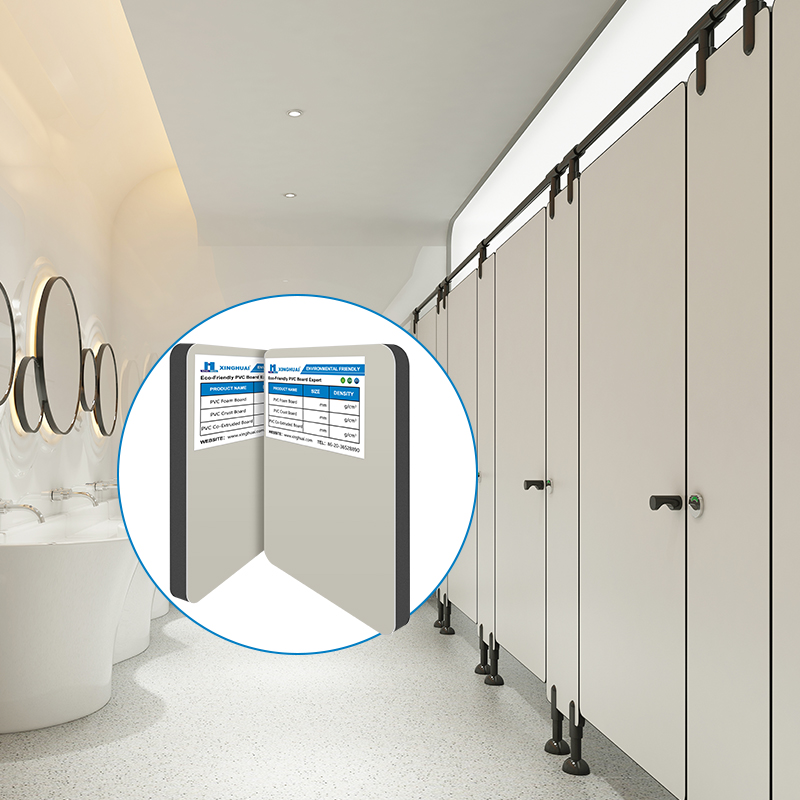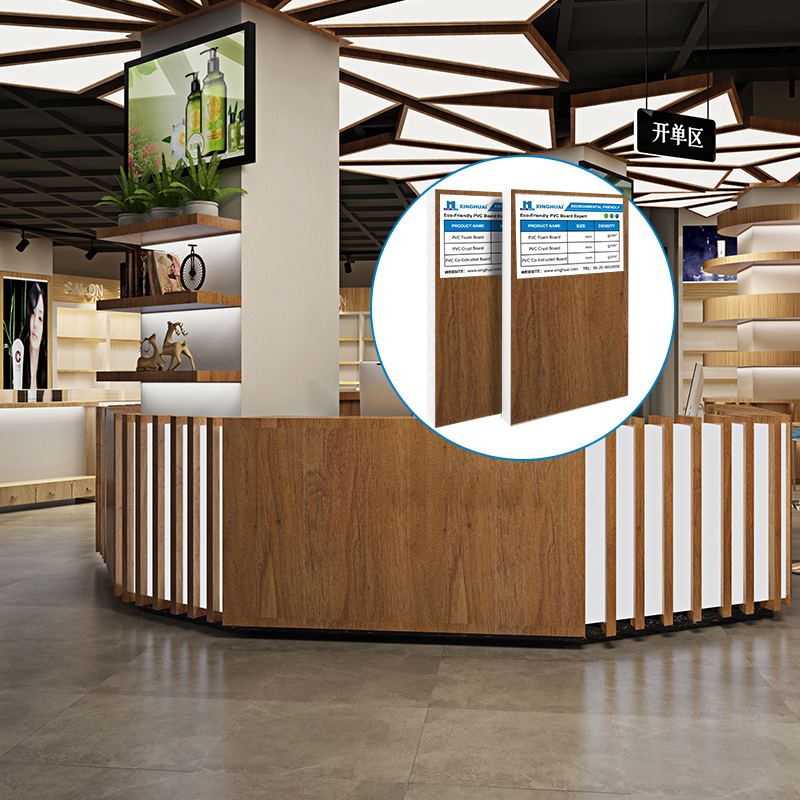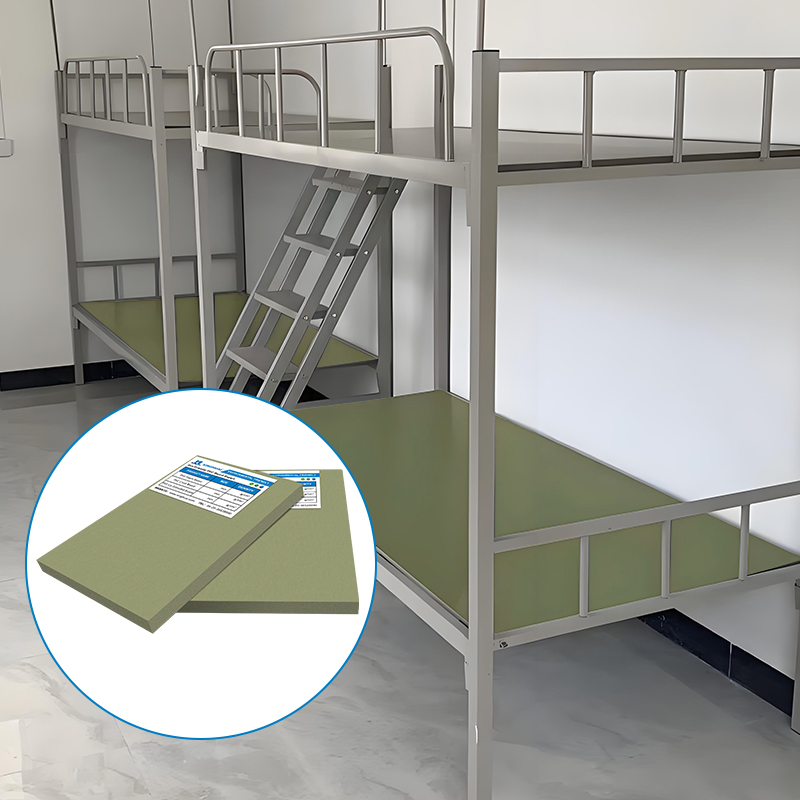Can PVC Board Be Adhered with Glue? A Comprehensive Analysis
PVC (Polyvinyl Chloride) boards, including celtec pvc board, celuka pvc, 3d pvc foam wall panels, pvc board foam, and pvc expanded foam board sheets, are widely used in construction, interior design, and industrial applications due to their lightweight nature, moisture resistance, and cost-effectiveness. However, the question of whether these materials can be effectively adhered with glue requires a detailed examination of their physical properties, adhesive compatibility, and environmental factors.
1. Material Characteristics and Adhesion Challenges
PVC boards, particularly celtec pvc board and celuka pvc, are manufactured through processes that create a dense outer layer and a foamed core. This structure enhances rigidity but introduces adhesion challenges:
Surface Energy: PVC inherently has low surface energy (30–35 mN/m), making it difficult for adhesives to wet and bond uniformly. 3d pvc foam wall panels, with their textured surfaces, further complicate wetting.
Chemical Resistance: The chlorine-based molecular structure of PVC resists many solvents, requiring adhesives with specific chemical compatibility, such as those designed for pvc board foam or pvc expanded foam board sheets.
Thermal Expansion: PVC boards expand and contract at rates different from substrates like wood or metal. Celtec pvc board and celuka pvc may experience dimensional changes of up to 0.05% per °C, necessitating flexible adhesives to prevent delamination.
2. Adhesive Selection for Different PVC Board Types
The choice of adhesive depends on the board’s density, application, and environmental conditions:
Celtec PVC Board:
Solvent-Based Adhesives: Formulations like GL-6284 dissolve the PVC surface layer, creating a chemical bond. Celtec pvc board benefits from 24-hour curing cycles to maximize strength.
Polyurethane Adhesives: Ideal for high-load applications, such as celtec pvc board used in exhibition stands.
Celuka PVC:
Epoxy Adhesives: Provide exceptional shear strength for celuka pvc in structural applications.
Hot-Melt Adhesives: Suitable for rapid assembly but require precise temperature control (180–200°C) to avoid surface degradation.
3D PVC Foam Wall Panels:
UV-Curable Adhesives: Cure instantly under UV light, minimizing warping in 3d pvc foam wall panels.
Pressure-Sensitive Adhesives (PSAs): Used for temporary or repositionable installations, though long-term durability may be limited.
PVC Board Foam/PVC Expanded Foam Board Sheets:
Acrylic Adhesives: Offer good balance of adhesion and flexibility for pvc board foam in signage.
Modified Silicone Adhesives: Resist moisture and temperature fluctuations, making them ideal for pvc expanded foam board sheets in outdoor displays.
3. Surface Preparation and Application Techniques
Proper surface preparation is critical for successful adhesion:
Mechanical Abrasion: Use 120–180 grit sandpaper to roughen celtec pvc board or celuka pvc surfaces, increasing adhesive contact area by 30–50%.
Chemical Cleaning: Isopropyl alcohol wipes remove mold release agents from 3d pvc foam wall panels within 5 minutes of production.
Priming: Solvent-based primers enhance adhesion to pvc board foam by 200–300%, especially in low-temperature environments.
Application techniques vary by adhesive:
Solvent-Based Adhesives: Apply a 100–150 g/m² coat to celtec pvc board, then press with 0.5–1.0 MPa pressure for 10–15 minutes.
UV-Curable Adhesives: Use a 1–2 mm bead on 3d pvc foam wall panels, cure at 800–1200 mJ/cm² UV energy.
4. Environmental and Long-Term Performance
Adhesive performance is affected by:
Temperature: Celuka pvc may soften above 60°C, requiring adhesives with high glass transition temperatures (Tg > 80°C).
Humidity: Pvc board foam in humid environments (>70% RH) needs moisture-resistant adhesives to prevent hydrolysis.
UV Exposure: Pvc expanded foam board sheets in outdoor applications require UV stabilizers in adhesives to prevent yellowing.
5. Future Trends in PVC Board Adhesion
Water-Based Adhesives: Nanoparticle-modified formulations are improving adhesion to celtec pvc board while reducing VOC emissions.
Laser-Activated Adhesion: Pre-treatment with CO₂ lasers increases surface energy of 3d pvc foam wall panels by 40%, enabling stronger bonds with water-based adhesives.
Smart Adhesives: Temperature-responsive adhesives could simplify installation of pvc expanded foam board sheets in variable climates.
Conclusion
PVC boards, including celtec pvc board, celuka pvc, 3d pvc foam wall panels, pvc board foam, and pvc expanded foam board sheets, can indeed be adhered with glue, but success depends on matching the adhesive to the board’s properties, preparing the surface meticulously, and accounting for environmental factors. As adhesive technologies evolve, the reliability and versatility of PVC board bonding will continue to expand, driving innovation in construction, decoration, and beyond.




